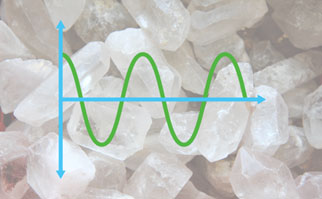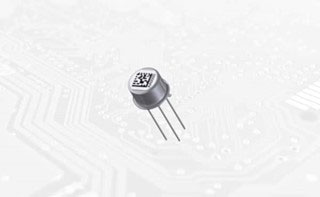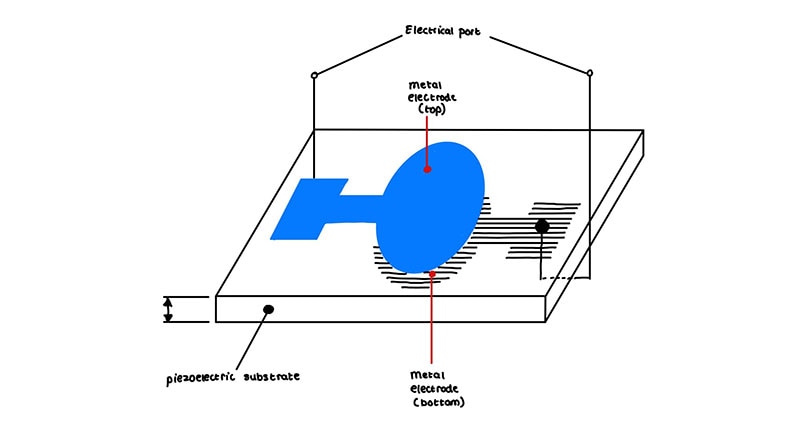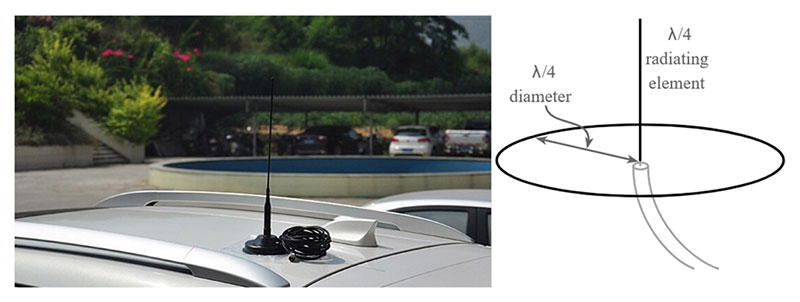Quantic Croven: Piezoelectric Quartz Crystal Resonators for RF Applications
In the world of minerals and their extraordinary properties, there are few as fascinating as piezoelectric quartz crystals. These incredible crystals possess the ability to convert mechanical energy into electrical energy and vice versa. Quartz crystal is a silicate mineral composed of silicon and oxygen atoms. They exhibit well-defined crystalline structures and are naturally abundant, allowing for cost-effective production. Quartz crystals exhibit exceptional electrical properties, such as the phenomenon known as piezoelectricity. At the heart of the working principle of piezoelectricity lies the ability to generate an electric charge when subjected to mechanical stress or deformation. Conversely, they also deform when an electric field is applied. As voltage is applied to a quartz crystal, it resonates at a specific frequency and produces a stable oscillating frequency that is ideal for creating a reference for timekeeping, precision measurement, sensor, actuator, and frequency control applications.
 (Image source: Quantic Croven)
(Image source: Quantic Croven)
Specifying Quartz Crystals
Most quartz crystals can be specified with the following basic information:
- Crystal Frequency- Measured in Hertz [Hz], it is a periodic repetition of an event within a unit of time. In an electrical circuit, it is the number of times a resonator plate oscillates or vibrates in one second.
- Mode of Operation- A quartz crystal is designed to vibrate either on its fundamental mode or one of its overtones. The mode of operation determines the frequency of oscillation.
- Holder Style- A subcomponent of a quartz crystal unit package, such as cold-weld or resistance weld holders.
- Calibration Tolerance at Reference Temperature- The permissible tolerance at the reference temperature of 25°C.
- Temperature Stability- The allowable frequency deviation from the reference temperature over the operating temperature range
- Total Tolerance- The allowable frequency deviation over the specified temperature range with respect to nominal frequency.
- Operating Temperature Range- This is the specified temperature range over which the temperature stability or the total tolerance is to be effective.
Other less common parameters that may be specified include shunt capacitance, motional capacitance, equivalent resistance, spurious mode suppression, aging characteristics, and drive level.
Quantic Croven Quartz Crystal Resonator Solutions
 (Image source : Quantic Croven)
(Image source : Quantic Croven)
Founded in 1954, Quantic Croven (formerly Croven Crystals) is widely recognized as the premier manufacturer of precision quartz crystal resonators for the most demanding high-reliability and high-performance applications with unmatched precision, low-g sensitivity, low aging, and ultra-low phase noise characteristics distinguish our SC, IT, FC, and AT-cut quartz crystal resonators.
Featured DigiKey Quartz Crystal Resonator Product:
Vibration Mode: 5th Overtone
Frequency-Temperature Stability: LTP from 80° to 95ºC
G-sensitivity: < ±0.5 ppb/g per axis
Aging: < ±0.1 ppm per year after 30 days of operation.

Have questions or comments? Continue the conversation on TechForum, DigiKey's online community and technical resource.
Visit TechForum







